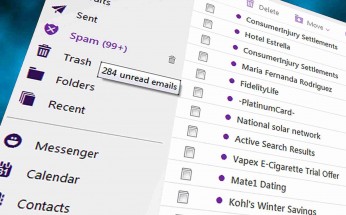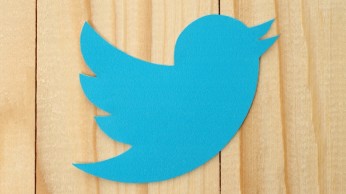Like any relationship, your relationship with your customers is built on trust and communication. Happy customers equal a more successful business. Email marketing can help you get there, but only if you’re doing it correctly.
Here are seven simple ways you can use email marketing to build profitable customer relationships:
1. Be Consistent
Imagine if you went for weeks without hearing from your significant other. You wouldn’t like that, would you? Your customers appreciate consistent communication, too.
To stay connected, send them a regular newsletter. And if you say you’ll send a weekly newsletter, make sure you deliver it weekly. If and when they have a problem that your business can solve, you’ll be the first person they turn to.
Email autoresponders (aka follow up messages) are another great way of staying in touch on a regular basis. The key advantage is that you can automate these so they go out to every new customer at a set interval.
2. Get Personal with Your Messages
Having a relationship with your customers means you know who they are on a personal level. Segmentation is a great way to make your email marketing personal to your customers.
It starts with gaining an understanding of who your customers are, what their needs are, what struggles they experience, and what success looks like for them. A great example of this is Marcus Sheridan, who successfully launched a fiber-glass pool company in the midst of an economic slump, thanks to his ability to understand his clients’ needs and meet those needs with education.
Send your customers highly relevant content that satisfies their needs and interests, and there’s no telling what you can accomplish.
3. Be Clear and Direct
There’s nothing more frustrating that not knowing what someone wants. Being clear and direct in your emails to your customers only strengthens your relationship. When they sign up to receive emails from you, tell them exactly what they can expect to receive from you. When you send them emails, make sure you tell them what you want them to do with a clear call to action. Try to keep your calls to action to a minimum in your messages.
4. Provide Relevant Solutions
This one ties back to being personal. The more you know about your customers, the better equipped you’ll be to provide them with the content they’re looking for.
Before you hit “send,” ask yourself, “Does it serve me or my reader?” If it’s not serving your reader, don’t send it. Find a way to make what you want match with what your customer wants.
Another great way to strengthen customer relationships is to ensure that your customers know you value them. Who doesn’t love to feel important and appreciated. By rewarding your customers with exclusive content, information, discounts, etc., you deepen the relationship you have with them.
Read more: How to Build Profitable Customer Relationships Using Email Marketing





